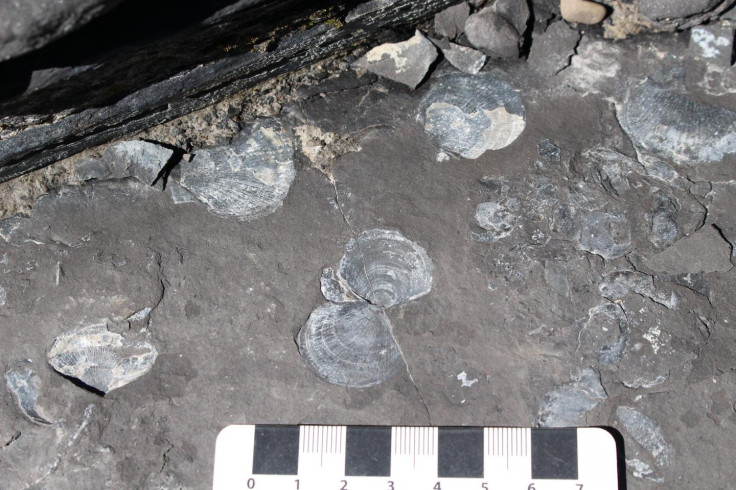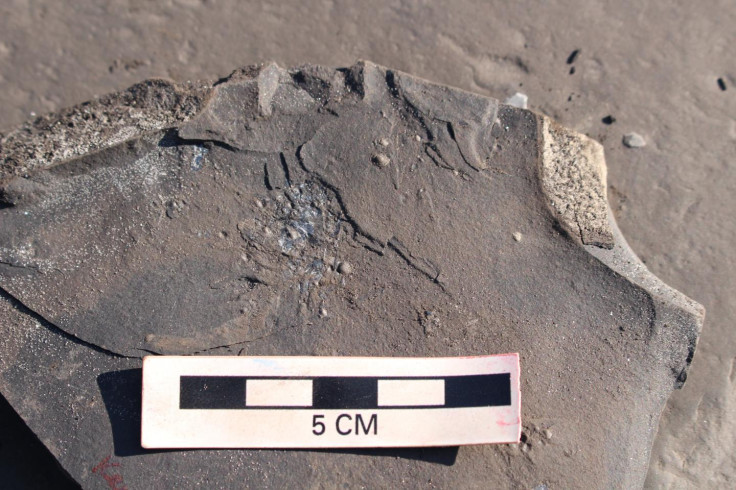183-million-year old ocean deathbed shows how catastrophe hit Jurassic seas
A massive volcanic eruption is thought to have triggered suffocation in the shallow oceans.

When the first dinosaurs were roaming on land, creatures across the world's oceans were suffering a slow demise. A recently discovered fossil bed in Canada has revealed how creatures suffocated in low-oxygen seas.
183 million years ago, oxygen levels in the shallow oceans plummeted. It's thought that a massive volcanic eruption caused the sudden change in ocean conditions.
As a result, vast numbers of species died. At one site in western Canada, many of them died quickly, sinking to the sea floor. The low-oxygen levels helped to preserve the bodies of the dead sea creatures – which included vampire squid, lobsters and dolphin-like ichthyosaurs – once they fell to the sea bed.
More than 180 million years later, their fossilised remains are now above ground in Canada, at the Ya Ha Tinda Ranch near Banff National Park in south-west Alberta. This incredibly rich fossil bed, with creatures' soft tissues as well as bones preserved, is the first of its kind to be discovered outside Europe.
Rowan Martindale, of the University of Texas at Austin, found the site more or less by accident, publishing the findings earlier this year. In a new study, Martindale and co-author Martin Aberhan reveal that the great anoxic event that spread the oceans did so extremely rapidly.
The creatures that did survive the event tended to be smaller than the ones that lived before it, they found, as they were able to make do with less oxygen. Even after the recovery from the low-oxygen event, populations did not recover to the levels they were before for a very prolonged period.
The reaction of creatures at the Ya Ha Tinda site can be seen as a warning for how quickly environmental change can make a habitat entirely uninhabitable, the authors say.

"One lesson we can learn from this study is that, on a human time scale, climate-related stresses can have very long-lasting effects, with no signs of recovery for hundred thousands of years, and that the communities before and after a climatic crises can look quite different in composition and ecological functioning," said Aberhan.
The study is published in the journal Palaeogeography, Palaeoclimatology, Palaeoeconology.
© Copyright IBTimes 2024. All rights reserved.






